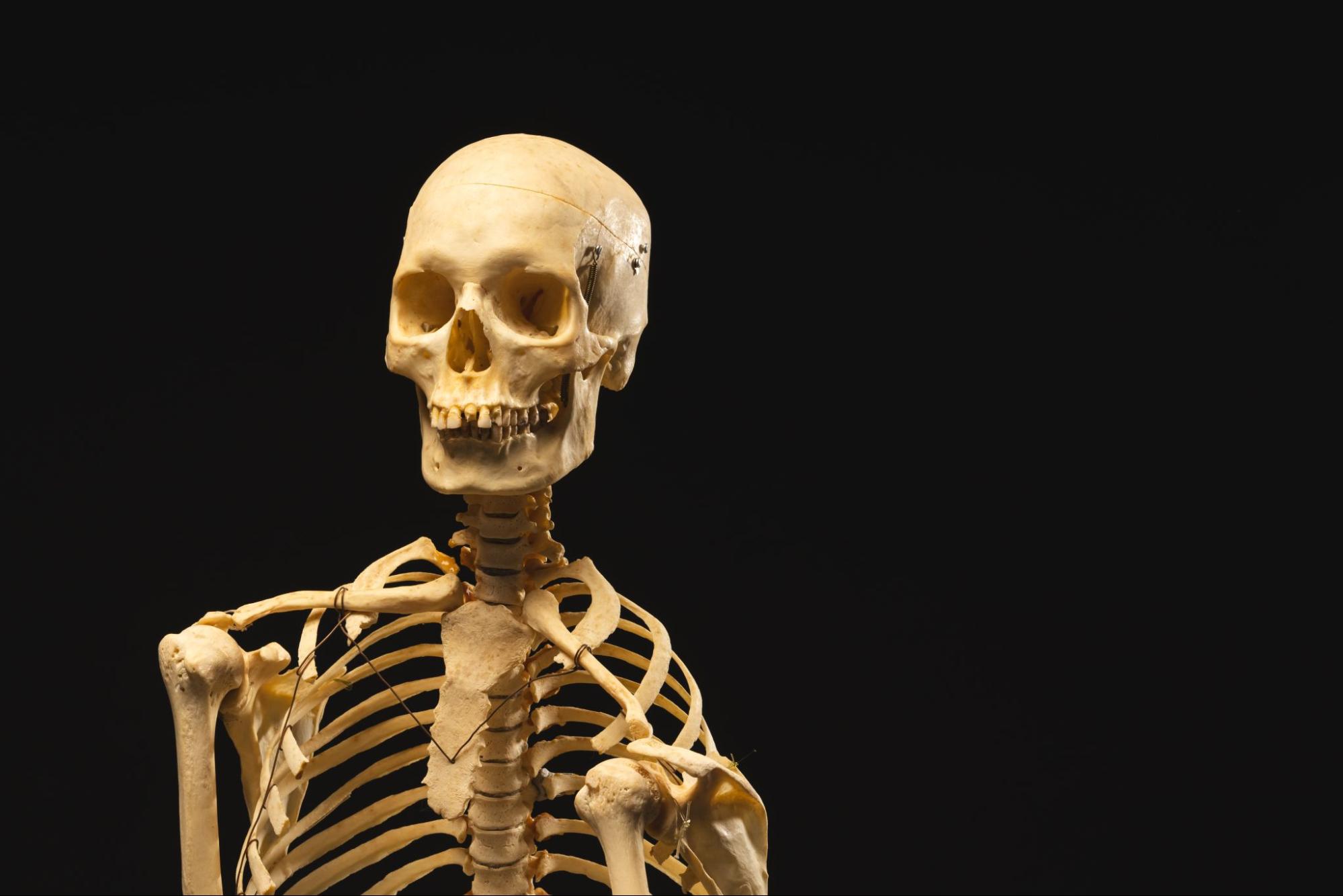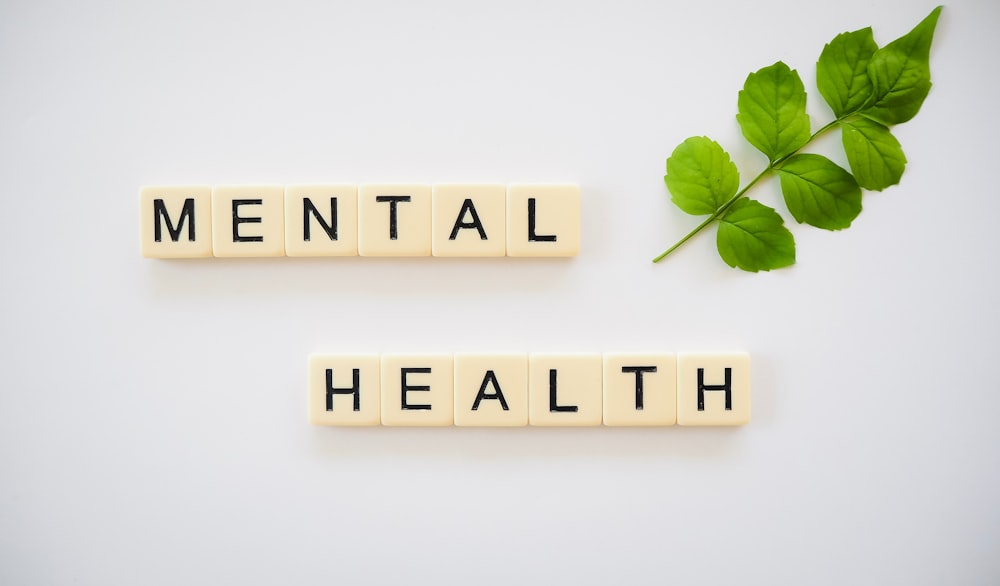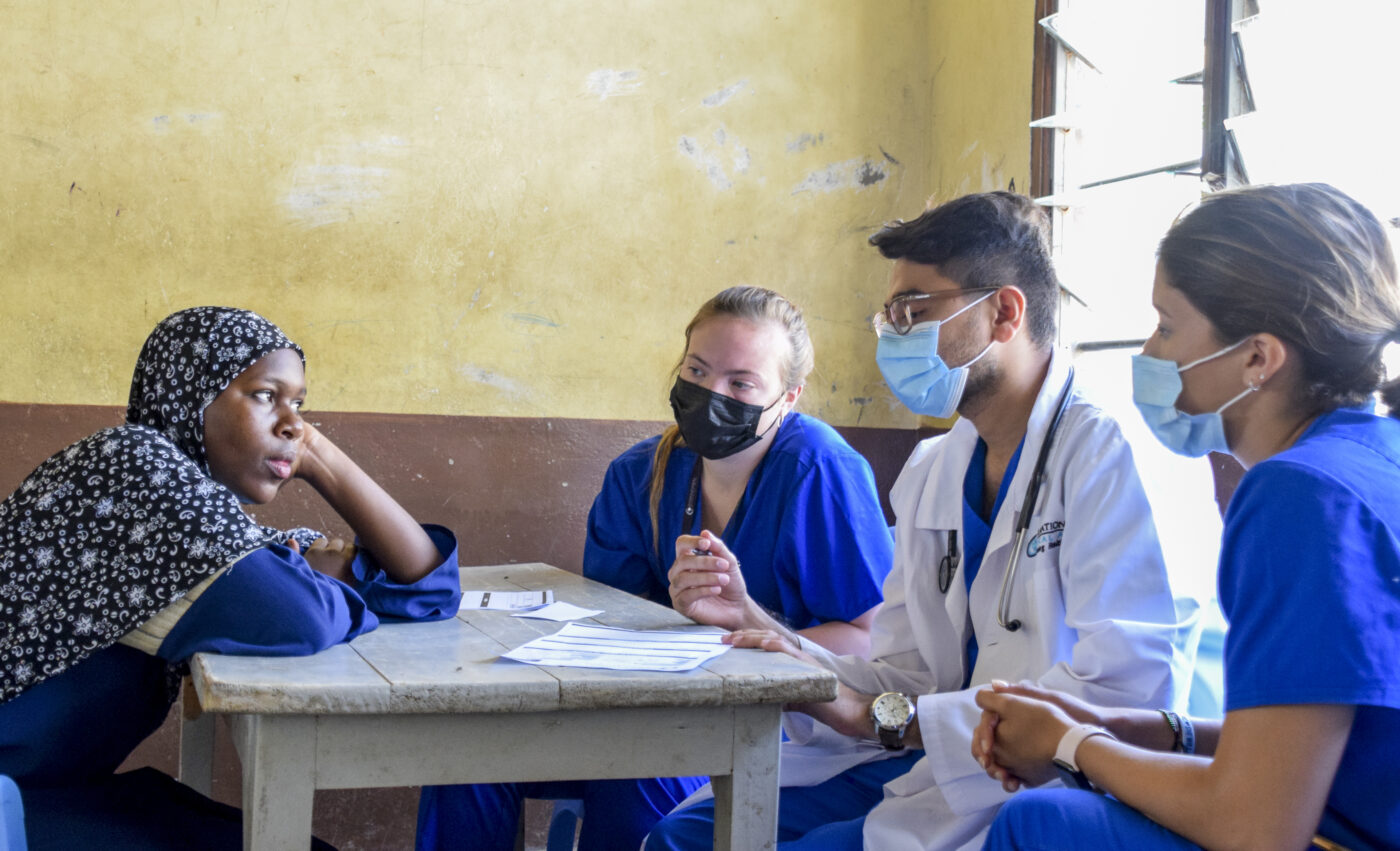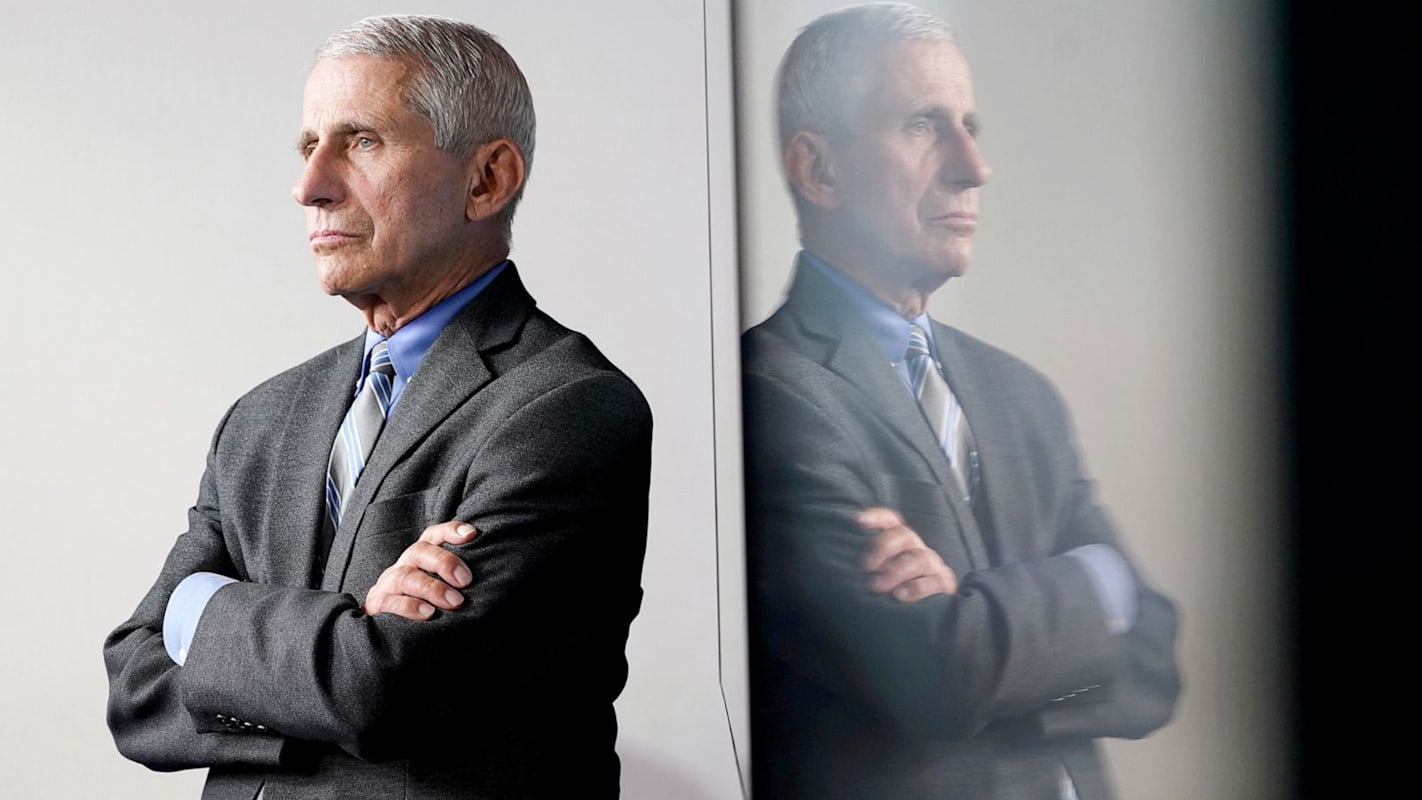Bodies, bodies, bodies! The practice of using human bodies for scientific research has a long and complex history that isn’t as simple as you’d see in the movies. Ethical debates, legal changes, and society shifting towards accepting the use of bodies for research purposes are all parts of the greater puzzle that has allowed body donation to look as it does today. From the grim days of grave robbing to the organised and complex modern systems of body donation that we have today, this article will trace the fascinating evolution of anatomical science through the decades.
The 18th Century: The Age of the Grave (Robber)
In the 18th century, we didn’t understand the inner machinations of the human body to quite the same degree that we do today. The demand for cadavers for anatomical study and medical education outstripped any legal supply, and there was no system where individuals could donate their bodies after their deaths. In fact, the only legal way to acquire cadavers in Britain was from the British government’s supply of executed criminals.
This supply issue led to the rise of so-called “resurrectionists”, or as we would know them, grave robbers, who dug up fresh corpses from cemeteries to sell to medical institutions. This was a lucrative business, too, with the equivalent of several months of workman’s wages for a single body, but it was seasonal work only conducted in the colder months as the natural refrigeration of the winter kept the body from decaying for longer than the spring or summer.
The grave robbing situation in the U.S. was no different from Britain, with many medical colleges facing similar cadaver shortages. The infamous case of John Collins Warren, a Boston doctor, and his direct involvement in graverobbing in the early 1800s underlines the extent to which medical professionals would go to secure bodies for study. Obviously, this act was incredibly dangerous and illegal, with public outrage and violent confrontations a mainstay for those who involved themselves in the grisly practice. It was clear that something had to chang
The Early 19th Century: The Anatomy Act of 1832
Grave robbing wasn’t a good look. Neither was the infamous Burke and Hare murders in Edinburgh, where the two men killed people to sell their bodies to anatomists. The Anatomy Act of 1832 was a significant turning point in curbing this trade by allowing unclaimed bodies from hospitals and workhouses to be used for medical research, which increased the legal supply of cadavers, therefore reducing the demand for illegally sourced bodies. It also marked a shift in public and governmental recognition of the importance of the study of anatomy. However, it also highlighted social inequalities, with the majority of unclaimed bodies belonging to those in impoverished and marginalised communities. Despite these concerns, the act was a great leap forward in the process of regulating body supplies for science.

The Late 19th & Early 20th Centuries: New Ethical Perspectives?
The advances in medical science and increasing professionalisation of medicine further increased the medical demand for cadavers by the late 19th and early 20th centuries. At the same time, the emergence of the field of medical ethics made doctors start asking questions that they previously were not. Considerations for the moral implications of body acquisition prompted further change. In the U.S., this period saw more systematic approaches to body donation introduced. Medical schools and hospitals created networks for obtaining cadavers, with individual states passing tinkered versions of the Anatomy Act with greater emphasis on consent and respect. About time!
The Mid-20th Century: Let’s Get Voluntary
In the 1950s and 1960s, the successful introduction of organ donation campaigns demonstrated the willingness of the public to contribute to medical science if it meant helping others. The increase in public awareness about the benefits of donating their bodies to science emerged through governmentally and privately organised educational campaigns. The truly pioneering example of body donation was in 1950, at the University of California, Los Angeles. They ran a body donation program that emphasised informed consent and treated donors and their families with the respect that they deserved, which set the standard for forthcoming programs. Because of the success of programs like this one, it was seen as socially acceptable and beneficial to donate your body to science, not something that would happen to “John Does” in morgues, with similar programs further resulting in successes for the movement. The Uniform Anatomical Gift Act, enacted in the U.S. in 1968, established clear guidelines for body donation, which emphasised the importance of donor consent and allowed mechanisms for those donating their bodies to make their wishes known to their families and medical facilities.
The Late 20th Century and Now: Tech Advances and Ethical Debates
Inching towards the modern era meant less emphasis on the cadaver in the medical field. Improved technology, like better imaging techniques and virtual dissection tools, meant that cadaver-based learning wasn’t the only avenue for medical students to get hands-on experience with the insides of future patients. With that being said, the need for human bodies was crucial for comprehensive medical training, as this was still the basis of learning. Now, ethical considerations continue to evolve, with the rise of bioethics bringing more rigorous scrutiny to the practices surrounding body donation. Social media outreach, virtual memorials, and online registration make it easier than ever to sign up to have your body put to good, ethical use when you no longer need it, which is a far cry from the days of worrying about your body being stolen from its final resting place.
The journey from grave robbing to gifting has been long and complex, which reflects broader changes in the way we as a society look at medical science and the messaging surrounding it. Body donation is viewed today as generous and invaluable in its contribution to the medical field and for those undertaking study in courses like the Master of Nursing and related qualifications; it can help with saving the lives of many and advancing what we know about the human body. Who knows what bioethical considerations will be on our radar next, though – will anything we do today be looked back on with the horror we see graverobbing with?



